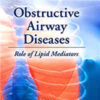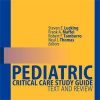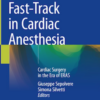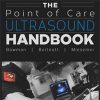The Influence of Airflow Via High-Flow Nasal Cannula on Duration of Laryngeal Vestibule Closure
ncbi.nlm.nih.govThe purpose of this experimental study was to investigate the influence of airflow via high-flow nasal cannula (HFNC) on the duration of laryngeal vestibule closure (dLVC) and Penetration-Aspiration Scale (PAS) scores.
29 healthy adults participated in a repeated-measures design.
Each participant completed a videofluoroscopic swallow study while receiving airflow via HFNC across a control condition of zero flow and conditions of 10, 20, 30, 40, 50, and 60 L/min.
Five raters rated dLVC and PAS scores. Laryngeal vestibule closure was complete on all swallows.
Linear regression revealed that the amount of airflow via HFNC significantly influenced dLVC, F(1, 810) = 19.056, p < .001. The mode of airway invasion for each airflow condition was PAS 2, with > 80% frequency compared to other PAS scores. Aspiration (PAS 7 or 8) did not occur.
A Fisher’s Exact test determined there was no association between normal/abnormal PAS score and no airflow/HFNC (p = .610).
Findings indicate that for healthy adults, airflow via HFNC influenced dLVC in a dose-dependent manner with no change in airway invasion.
The influence of HFNC on dLVC was a positive relationship, meaning when airflow increased, dLVC increased, and when airflow decreased, dLVC decreased.
Modulation of dLVC in response to the amount of airflow highlights the ability of healthy adults to adapt to swallow conditions as needed to protect the airway.

















